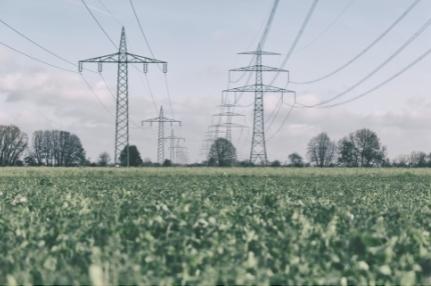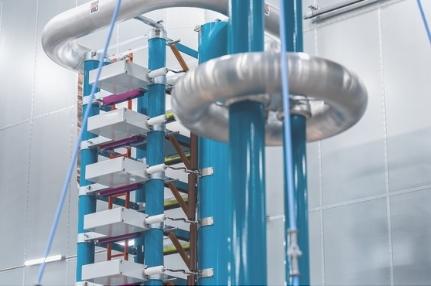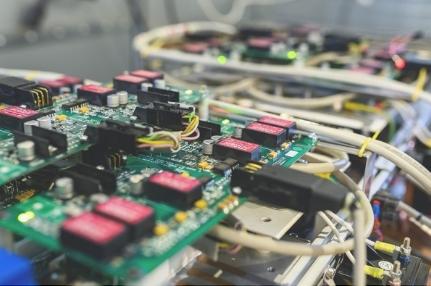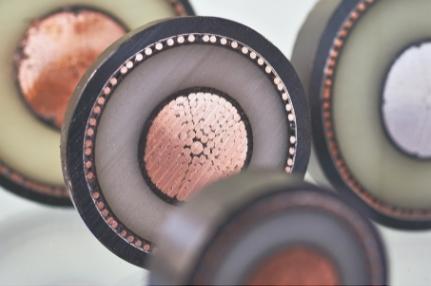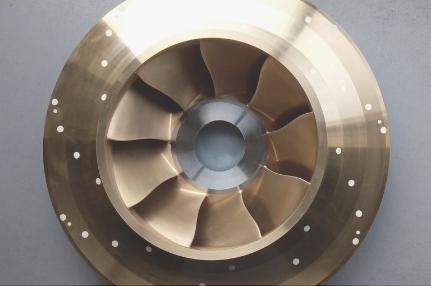Recherche & collaboration
Qu’est-ce qui nous rend unique ?
SuperGrid Institute doit son succès aux personnes qui composent nos différents départements de recherche. Nos équipes viennent d’horizons divers, tant industriels qu’universitaires, et la richesse de leur expérience et de leurs compétences rend l’Institut unique.
Chaque personne apporte une expertise spécifique et ce vivier de connaissances offre aux spécialistes de différents domaines la possibilité de collaborer sur des solutions innovantes pour résoudre des problèmes techniques.
L’Institut bénéficie d’étroites relations de collaboration avec des acteurs de l’industrie et des institutions académiques. Alors que les forces complémentaires de nos partenaires apportent des éclairages et des approches innovantes aux défis techniques, nous développons nos départements de recherche en toute indépendance. Des investissements conjoints publics-privés et des projets de collaboration financent le travail.
Les installations de recherche, les plateformes de test et les laboratoires de pointe de SuperGrid Institute sur les sites de Villeurbanne et de Grenoble sont la clé du succès de nos départements de recherche.

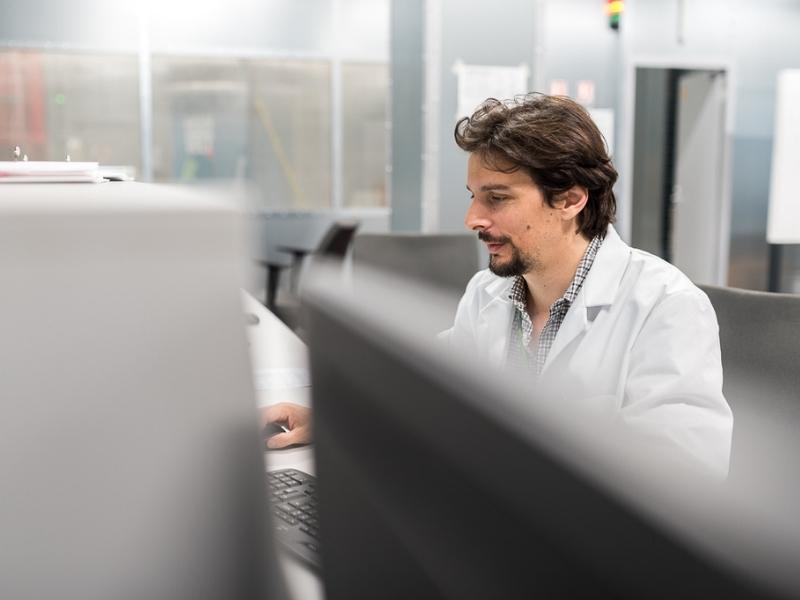
Nos dernières publications scientifiques
How Good are the Design Tools in Power Electronics?
A 100 kW, isolated dc–dc converter was built over the course of one year, starting from a blank page. This paper details the design and manufacturing process.
Impact of DC fault blocking capability on the sizing of the DC-DC Modular Multilevel Converter
This paper analyzes the impact on the converter design of including such characteristic for the DC-DC Modular Multilevel Converter.
Polynomial multi-variable control strategy for Flux Balancing in Dual Active Bridge Converter
A novel model and a multi-variable linear control for power and magnetizing average currents are proposed


